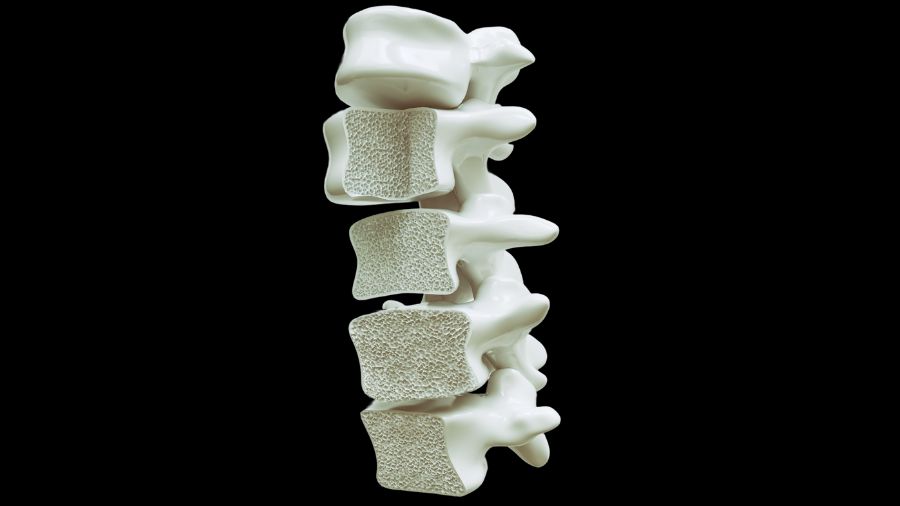Chronic lower back pain beginning in early adulthood may point to axial spondyloarthritis. (Photo: iStock)
University Health Network researchers have found a way to shorten diagnostic wait times for patients with axial spondyloarthritis. The strategy involves a two-step screening process that occurs before patients see a rheumatologist.
Axial spondyloarthritis is a form of arthritis that primarily affects the spine and sacroiliac joint near the hip, causing lower back pain and stiffness. The condition is diagnosed by a rheumatologist based on the presence of persistent back pain and joint damage.
“Due to the shortage of rheumatologists in Canada, patients with this condition typically wait years between meeting with a primary care physician and receiving a formal diagnosis,” explains Dr. Yoga Raja Rampersaud, a clinician investigator at UHN’s Schroeder Arthritis Institute and senior author of the study.
In response to the long wait times for rheumatology care, Dr. Rampersaud’s team examined a patient screening approach that draws on experts other than rheumatologists. First, standard screening is carried out by a primary care physician. Then, secondary screening is carried out by an advanced practice clinician – a healthcare provider who is not a rheumatologist but is trained in arthritis care.
“Rheumatologists receive a high volume of referrals for patients with lower back pain, and many of these patients do not actually require specialized care,” says Dr. Rampersaud. “We examined whether advanced practice clinicians can reduce diagnostic delays by better triaging patients.
“We also examined whether these advanced-practice clinicians can identify patients with axial spondylarthritis as effectively as rheumatologists.”

The researchers tested the screening process in more than 400 patients. All patients were initially screened by a primary care physician. Patients who had experienced lower back pain for least three months or more, beginning before they were 50 years of age, met the criteria for further screening.
The secondary, more detailed screen was conducted by an advanced practice clinician at the Spondylitis Program at Toronto Western Hospital. Following the screening process, patients were referred to a rheumatologist for formal assessment and diagnosis.
The researchers found that the two-step screening process reduced the overall time between pain onset and diagnosis. They also found an 82.7 per cent agreement between disease assessments made by the advanced practice clinicians and those made by the rheumatologists.
“Our findings revealed that this two-step screening process can speed up diagnosis by quickly identifying patients who are most in need,” says Dr. Rampersaud.
“These patients often spend months or years bouncing around the system before seeing the right provider, unfortunately too late. This networked team approach can be easily used to improve access to the right care in other forms of arthritis and other conditions.
“By drawing on physiotherapists from the Spondylitis Program at Toronto Western Hospital, we were able to speed the detection and management of arthritis, and unlock an important pathway to improved patient outcomes.”
This work was supported in part by UHN Foundation donors.


